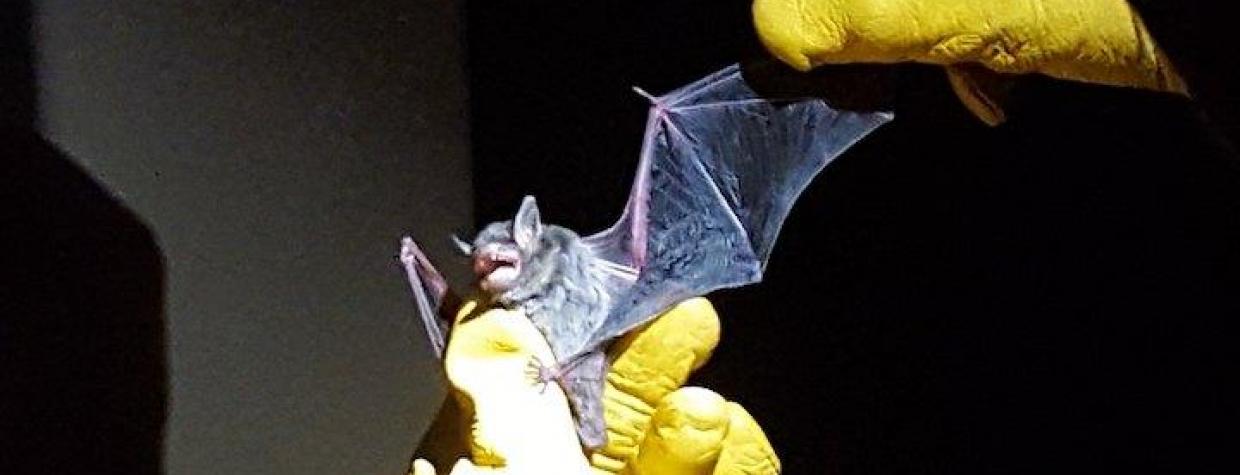When you hear of an event called “bat netting,” you may conjure up images of roaming through caves with a butterfly net in the dead of night in search of elusive nocturnal creatures.
Fortunately for us participants, the Arizona Game and Fish Department Wildlife Workshop was far more structured (and safer) than that. Conducted by Randy Babb, a Game and Fish biologist and wildlife viewing program manager, and Joe Yarchin, the wildlife viewing program coordinator, this workshop was held at Needle Rock Recreation Area east of Scottsdale. Samantha Vaughan, a biologist, and Rachel Gree, a biological science technician for the Coconino National Forest's Flagstaff Ranger District, were there to assist.
According to Babb, the workshop’s main goal is to connect people with wildlife and to foster a foundation for understanding and appreciating the remarkable creatures with which we share this state. Bats, in particular, have an air of mystery: People seldom get to see them close up, and because of that, they have difficulty appreciating how important they are. People are more likely to participate in conservation efforts if they know a little bit about the stranger species of wildlife. With 28 different species of bats, Arizona is an ideal place for that connection.
The instructions were simple for an evening spent outdoors in Arizona: Take water, wear long pants and suitable shoes, and carry a flashlight and insect repellent. Around 20 people, including families, gathered at a picnic table near the nets, which were barely visible and strung up like a volleyball set. The net would capture the bat, and a biologist wearing gloves would retrieve it for inspection.
During the last few minutes of daylight, Babb conducted a short presentation covering bats’ migrating, mating and survival patterns. Bats typically have only one live birth per year and eat their weight in insects every night, and despite the idiom “blind as a bat,” their eyesight is almost as good as that of humans. But since they're nocturnal, they use echolocation, a type of sonar, to navigate the darkness and find their food. According to the biologists, only one species of vampire bat has been recorded in the United States, and not in Arizona — putting to rest the idea that we were going to meet Dracula that evening.
Not too long after dark, a bat was netted and brought back to the group. While it wasn’t as exciting as using a butterfly net, it was fascinating to see these creatures up close. The biologists made sure the entire group had the chance to view and photograph each bat. Two species, cave myotis bats (Myotis velifer) and California leaf-nosed bats (Macrotus californicus), were netted. Babb noticed that one of the females had recently given birth. Each bat appeared to have distinct personalities. While one was relatively docile and seemed to take being handled well, one of the females did her best to try and bite through the biologist’s glove. Each bat was set free after data was collected and the group had a chance to view it.
In addition to the bat viewing, we had a surprise guest: a wolf spider carrying its babies on its back. It was on the hunt and made several attempts to eat the various insects that were attracted to our flashlights.
While there was a lot of waiting and standing, the opportunity to see the bats up close was well worth it. The biologists were knowledgeable and friendly, and as a family activity, the workshop scored points for originality.
Game and Fish workshops cost $25, and the fee goes toward costs and conversation efforts. For a list of upcoming wildlife workshops, including those with bats, visit www.azgfd.com/wildlife/viewing/events.
— Sharon Enck

